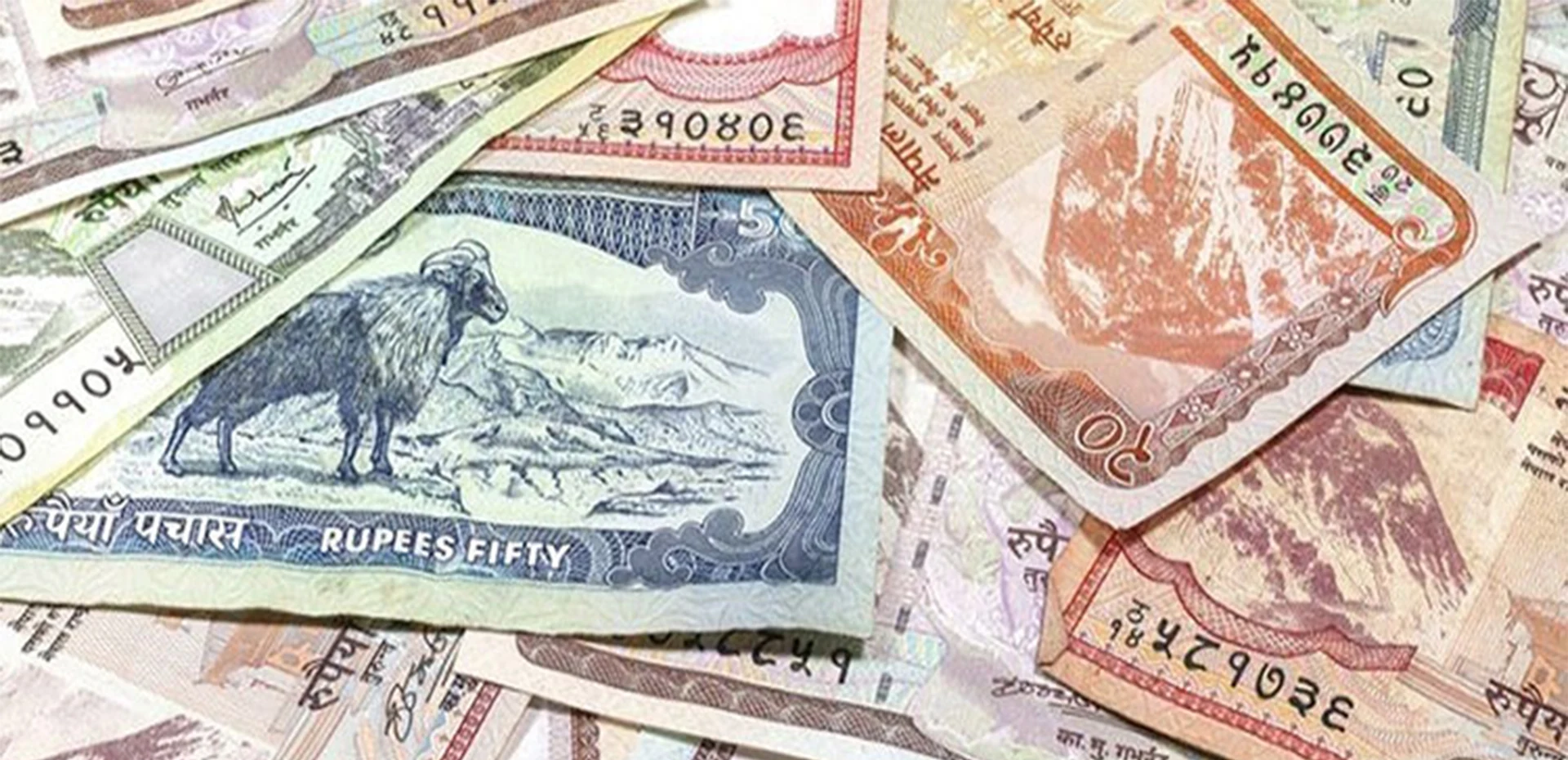You can enjoy Nepal’s varied landscapes, as well as its rich natural and cultural variety, while trekking there. There are lots of great holiday spots there. It is best to use Nepalese currency when you are hiking there. A lot of banks and money exchanges are located in Kathmandu and Pokhara, which are two of the country’s main towns.
Official currency exchanges and banks are both places where you can change your money. Many legal money exchanges can be found in Thamel, Kathmandu, where you should change your money. They may give different exchange rates at different-star hotels in Kathmandu, Chitwan, and Pokhara.
Local Currency
They use the Nepali rupee, which is short for NRS, as their state currency. $5, $10, $50, $100, $500, and $1,000 bills are used in Nepal. It’s hard to find paper pieces of 1, 2, and 25.
The tourism business is very important to Nepal, so it won’t be hard for you to change your money into the local currency. Anyone can use Nepalese cash, and it can be changed into any other currency.
Also, you should bring small bills with you because shops outside of Kathmandu Valley or small local shops might not take Rs. 500 and Rs. 1000 notes because they don’t have enough change.
Money Exchanges
Nepal has a lot of places for exchanging money. Some are owned by the government, and some are privately owned. The exchange booths in Kathmandu will give you better rates, so that’s where you should do it.
If you don’t feel safe using money exchange counters, go with ones that are connected to the government. You can get local money from two large government banks: Nepal Bank at New Road and Nepal Rastra Bank at Thirdham Sadak in Baluwatar.
On the Nepal Rastra Bank page, you can find the most up-to-date information on exchange rates.
Credit Cards
In Nepal, you can use any credit card, like a VISA, MasterCard, or American Express. A lot of the ATMs have small signs that tell you what cards they take. It’s pretty easy.
You can use a credit card at some of the big hotels, shops, restaurants, tour companies, stores, and banks.
Anyone in Nepal who wants to use a credit card should know that chip and pin services are not fully functional yet. Nepal still has tools that make carbon copies.
A lot of people use Standard Chartered Bank (SCB), Nabil Bank, Himalayan Bank, and Everest Bank ATMs, which all accept international credit cards.
Wire Services
You also have the option of sending money to Nepal by wire transfer. It is not possible to send money out of the nation using money wire services or financial institutions that offer bank transfers.
Services related to wires are accessible in all of Nepal’s main cities. Kathmandu is the best choice because it has facilities that are both the most accessible and the most operational.
The Western Union option is the one that is most commonly used for this service. Moneygram and Nepal Remit International are two additional services that are common choices.
Cash You Should Carry for a Trek to Nepal
What amount of cash you should bring on a Nepalese trip depends on a number of things, such as how long your trek is, where you’re trekking, and how much you usually spend. Many places along famous trekking routes accept credit cards or digital payments, but it’s best to bring cash with you because banks may not be easily accessible in remote areas.
Before you decide how much cash to bring on the trip, here are some things to think about:
- It is advisable to carry enough cash to cover your accommodation and meals, especially in remote areas where card payments may not be accepted. These expenses will depend on the lodges you stay at, which can range from $3 to $15 per day, and meals, which range from $3 to $10 per meal.
- Some trekking areas in Nepal require permits, which you may need to pay for.
If you’re using local transportation services, such as buses or jeeps, it’s helpful to have cash for fare payments. - A registered, licensed guide will add $25 per day to your expense, and a porter will cost $15 per day. Both of these costs include everything related to their expenses: accommodation, meals, insurance, and daily earnings.
- Consider any personal expenses, such as souvenirs, snacks, or additional services, and carry enough cash for them.
At Last,
In Nepal, cash is the best way to pay for things. People in Nepal don’t think much about many things because the country is still developing.
ATMs, credit cards, and wire services can save you money when you use them in your own country, but when you use them abroad, you may have to pay extra fees and commissions that can add to your total costs.
If you require any specific cost details, like Manaslu Circuit Trek Cost, Annapurna Base Camp Trek Cost, or any other queries related to trekking or currency & payments in Nepal, feel free to contact us.



